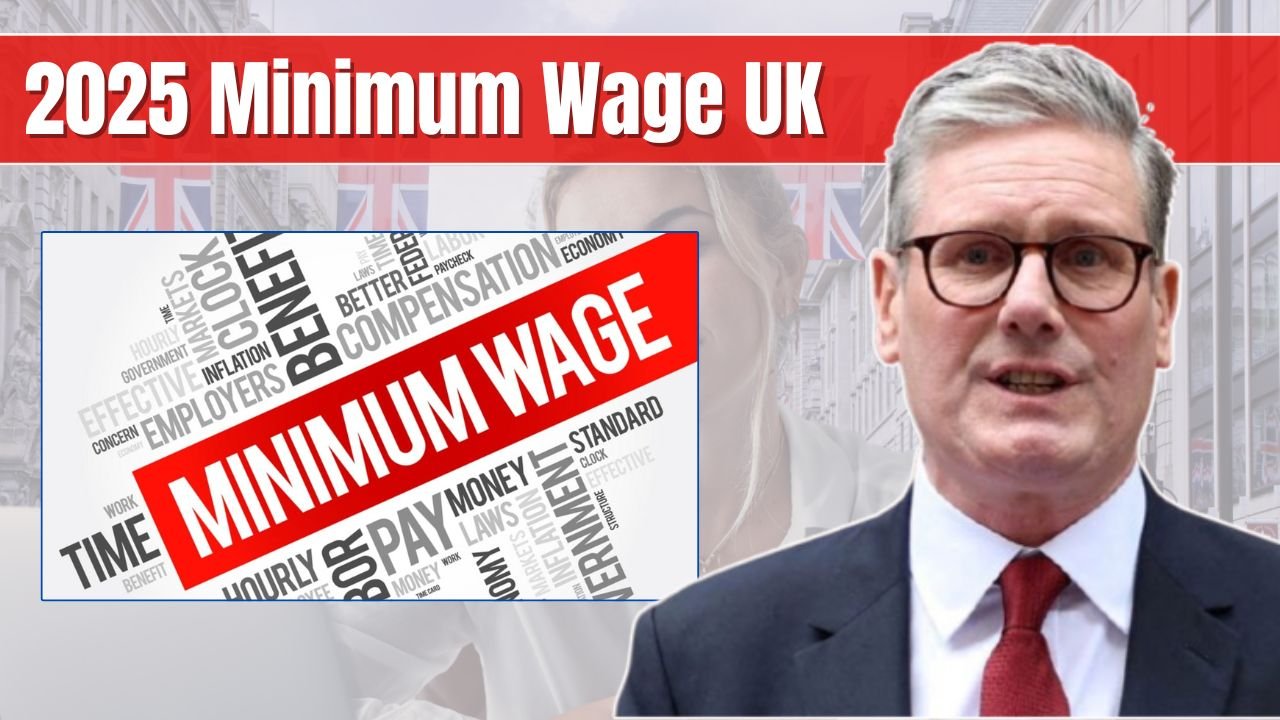In April 2025, the structure of minimum wage in the United Kingdom is going to be into a massive change with respect to millions of workers across the country. It states the existing prices, further allowances, and what changes for employees and employers.
Current Minimum Wage Rates
The country’s minimum wage is divided into several age-based categories as of March 2025, including the National Living Wage (NLW) for workers aged 21 and over and the National Minimum Wage (NMW) for younger workers.
Currently, the National Living Wage is £11.44 per hour for employees aged 21 and older, while workers aged 18 to 20 make £8.60 per hour, and those aged 16 to 17 receive £6.40 per hour. Apprentices also receive £6.40 per hour.
Expected Pay Increase in April 2025
From April 1, 2025, new minimum wage rates will come into effect in the UK. As said above, the National Living Wage for employees over 21 would increase by 6.7% to reach £12.21 per hour. In particular, there is a planned significant boost of 16% to £10.00 per hour for workers between the ages of 18 and 20.
For ages 16 to 17, the minimum wage will be £7.55 per hour, and apprentices will also be given £7.55 per hour-after an 18% increase. These increments form part of the government’s efforts to keep applying it to differential wages across age levels and gradually move the system toward one where employees may earn reasonably fair wages.
A Voluntary Alternative: Real Living Wage
Contrary to minimum and living wages, the Real Living Wage represents voluntary rates by which some employers pay, with an attempt to reflect the realistic cost of living. Here, the Real Living Wage would stand at £13.85 per hour for the London area and at £12.60 per hour for the rest of the UK.
Presently, more than 475,000 employees across 15,000 accredited employers receive this voluntary pay calculated by an independent entity and which may often be above the government-mandated minimums.
Impact on Businesses and the Economy
The wage increases are intended to enhance the welfare of citizens, but they also have a large bearing on the companies. Rising operational costs faced by businesses will be a burden or disastrous for them when such a rise is simultaneous with the national insurance contributions increasing by £25 billion.
This has led to caution in the job market, as some survey findings indicate that many companies have slowed hiring. Both permanent and temporary roles have been negatively affected, while wage growth in starting salaries is at its weakest level in four years.
In spite of this, the adjustments have been seen by many as necessary to secure work, pay fairly and keep up with inflation. The government hopes the new rates could offer the much-needed support for worker outcomes yet continue to promote economic sustainability in the long term.
Final Summary
These alterations to the UK minimum wage system will likely manifest in April 2025, and they will cement the promise of fairer pay across the workforce. However, while millions will benefit from the increases, the finances of businesses are likely to be severely strained by the new costs. Understandably, current awareness of these changes becomes critical both to the employer and the employee in preparation for the impending year.




